Sometimes being a homeowner can be very frustrating. Over the weekend my kitchen sink started backing up. This has been a consistent issue for me in the past four years. I know how the plumbing is routed through the walls, which, in the past had been key for me to find out where the clog was located and get it cleared.
After spending entirely too much time on Thursday, Friday, and Saturday morning I finally decided to call a plumber. I told them it would be a quick job because I knew where the clog was located. The only problem is that I didn’t have the right tool to reach it—or at least I thought.
The plumber strolled in with his 50-foot power auger. He ended up snaking it five separate times to no avail. He was penetrating the snake through the clog but the line would just not clear. I was starting to get concerned because I knew I was running out of cheap fixes.
I paid the plumber $150 for the call and the time spent even though my problem wasn’t solved yet. The next option was to use what he called a blow bag. I was not familiar with this device and asked how much he charged to use it. He said it would cost $500 but then walked me through the steps on how to do it myself. I told him I couldn’t justify spending $500 (with no guarantee) when the part only cost $10 and I could pick it up from Home Depot and do it myself.
Flash forward to Sunday morning. I went and picked up all of the materials and tools I would need for the job. This blow bag is actually a pretty clever device. You hook a hose on one end of the bag. On the opposite end of the rubber, there is a small hole. When the water is turned on the bladder expands quickly like a balloon inside of the pipe creating a seal. Then, when the pressure builds up, it shoots a high-velocity jet out of the opposite end in an attempt to sweep away any sediment.
This contraption saved me $500—imagine compounding this amount over the next 40 years. The plumber was nice enough to walk me through every step on how to use it and in reality, I paid him $150 for the advice. I was still a little nervous to use it because I was concerned it would blow back sludge into my house—creating a giant mess. But, it worked perfectly and took less than ten seconds to clear the clog.
Over the weekend I also changed the safety valve on my water heater after I noticed it was leaking. I shut off my water to the house, opened the relief valve and drained out the water, and replaced it safely within ten minutes. Another job where a plumber would have charged $150-200 easily but I did it for $10.
I wanted to share this quick story with anyone who has had plumbing issues or tries to take on home projects on their own. This thing worked like a charm. There are still some risks with using a device like this—over-pressuring and bursting your pipe being the biggest concern—but, I believe you should always give yourself the chance to accomplish something around your house before subbing it out—especially if you have the time. This of course assumes you can do the job safely.
Most times you can’t screw up something so bad that someone can’t come in and fix it. There are also a ton of videos on the internet that can teach you a lot about DIY projects.
There is no substitute for getting your hands dirty and figuring out something yourself—take note millennials.
You may be asking how this post relates to finance. It doesn’t, yet. While I do a lot of my own home renovation projects, one thing is constant—if you want something done right you must have the right tool for the job. I can’t tell you how many times I’ve tried to use a tool that wasn’t right for the job and ended up getting frustrated and spending more time and money fixing the problem.
With regards to investing, you should also try to use the right tools for the job. Do your own research to see what tools are available. No one will care more about your money than yourself. For the DIY-ers, there are retirement calculators, discount brokerages, roboadvisors, portfolio analyzers, budget and expense trackers, and high yield savings accounts—well, not anymore because the Fed cut rates and the US30YR yield just hit an all-time low, sad. These tools are designed to help the average investor if they aren’t willing to pay for a financial advisor who may already have access to these tools or provide these services.
Don’t get siloed into thinking you can’t shop around for the next best thing in Fintech. I’d rather use a host of different services and tools that can specialize in exactly what I’m looking for instead of being stuck with one that does a mediocre job at everything. The same goes for financial advisors. If my financial advisor is reading this, I’m happy with you—keep it up.
Don’t settle for average. Find the right tools. Because when all you have is a hammer, everything looks like a nail.


